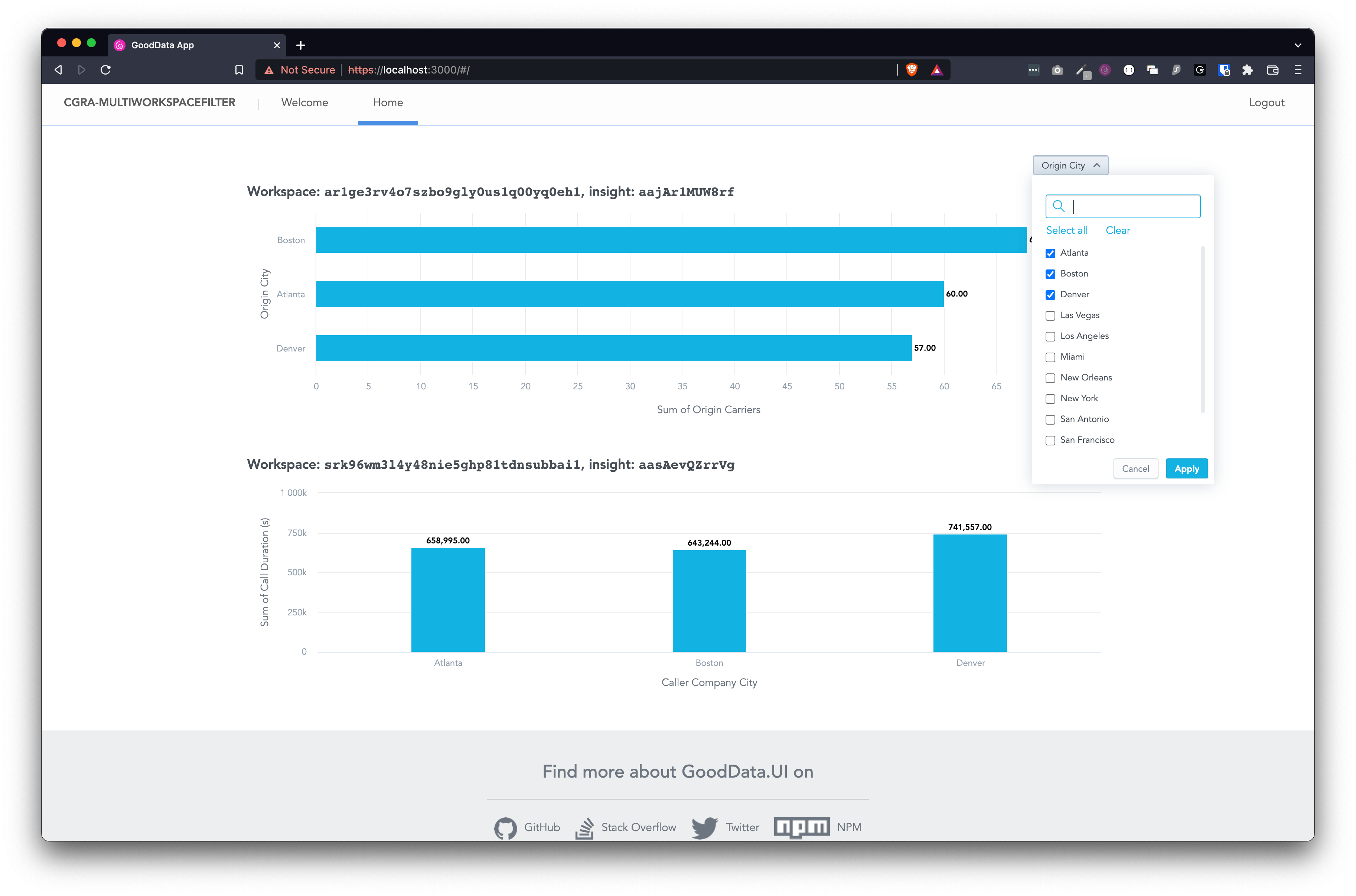We have an app that displays data from multiple workspaces. We want to add filters to the app, but we don’t want to user to have to select the same value in multiple filters.
The real-world example is we have two workspaces, each with its own list of Countries. We would like the user to be able to select USA in a single filter, and all reports from all workspaces would be filtered to where Country = USA for all of them.
The names of Attribute A and Attribute B will be different, but an element in Attribute A must match an element in Attribute B exactly. Example, Attribute A may be named Counties, and Attribute B is named World Countries, but both must have an element “USA” for this to work.
In more generic terms, we would like to allow the user to make one or more selections in an attribute filter, and have those selected attribute elements applied to one or more other filters on the same page.
Example: Workspace A has Attribute A, and Workspace B has Attribute B.
In the UI, we would like 2 PivotTables, one for each workspace, displaying the list of elements from its attribute:
PivotTable A Workspace A
Attribute A
- Element 1
- Element 2
- Element 3
PivotTable B Workspace B
Attribute B
- Element 1
- Element 2
- Element 4
There will be a single Attribute filter, Attribute A. When the user makes selections in this attribute filter, those same selections will be applied to Attribute B, and both PivotTables will update at the same time.
So if the user selects Element 1 and Element 2 in the Attribute A filter, those same elements will be applied in the Attribute B filter, and PivotTables A and B will update to reflect that filter input.
If an attribute element is selected from the Attribute A filter that is not an attribute element in Attribute B (such as Element 3), the missing/non-relevant attribute element would be ignored. So if the user selects Element 1 and Element 3 in the Attribute A filter, only Element 1 would be applied to the Attribute B filter, since Element 3 is not an element of Attribute B.
Best answer by Jiri Zajic
View original
